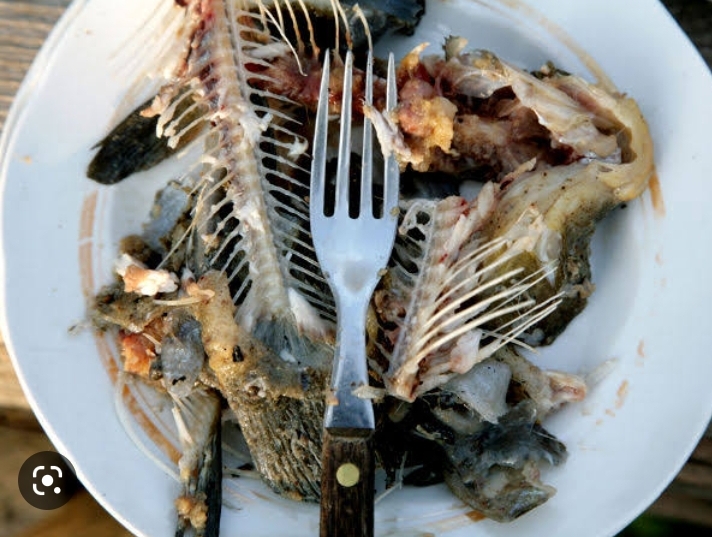HEALTH & LIFESTYLE
If You Mistakenly Swallow Fish Bone While Eating, Here Are 4 Ways Of Getting Rid Of It

Continue Reading
HEALTH & LIFESTYLE
5 Secret Benefits Of Adding Salt To Bathing Water
HEALTH & LIFESTYLE
7 things that will make you look younger than your age
HEALTH & LIFESTYLE
What Happens When You Eat a Banana First Thing In The Morning?
-

 SPORTS9 months ago
SPORTS9 months agoJoin the Action: Become a Fantasy Football Manager in the 20 Minutes Super League!
-

 METRO10 months ago
METRO10 months ago12 years later, a mother made a heartbreaking discovery
-

 METRO11 months ago
METRO11 months agoOnce a Upon a Time, in the 50s, a Family Could Own a Home, a Car and Send the Kids to College All on One Income
-

 METRO6 months ago
METRO6 months agoIf Thieves Break Into Your House, Do These 5 Things Immediately To Secure Yourself
-

 SPORTS9 months ago
SPORTS9 months agoHandball at the 2024 Olympics: Germany’s opponent France is in trouble
-

 METRO10 months ago
METRO10 months agoMy Sister-in-Law Tricked Me into Paying Her $1,470 Grocery Bill, So I Taught Her A Lesson
-

 HEALTH & LIFESTYLE11 months ago
HEALTH & LIFESTYLE11 months agoThis is what happens to your brain if you eat head of fish
-

 METRO5 months ago
METRO5 months ago4 Reasons Your Mouth Might Taste Bloody or Metallic



